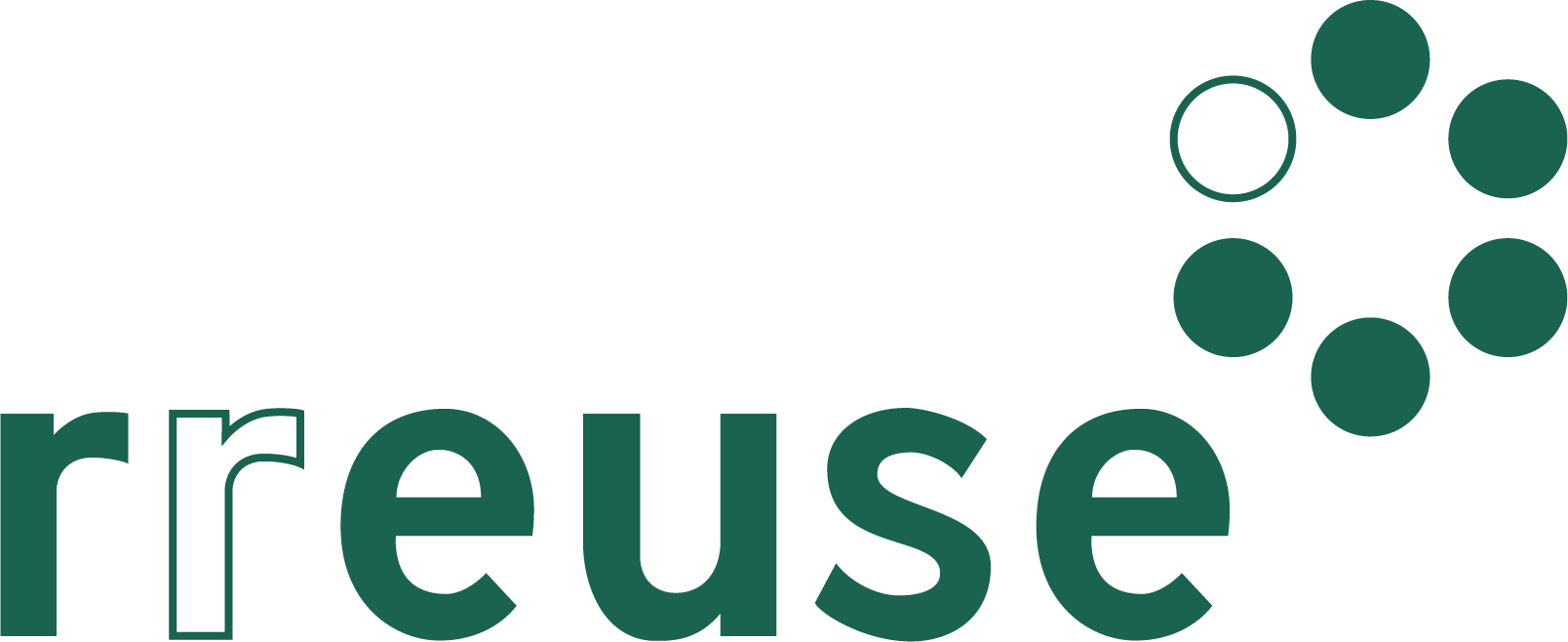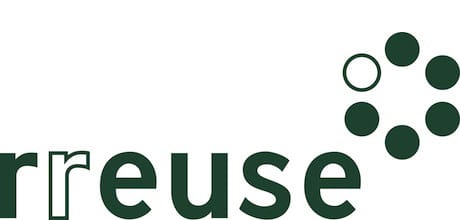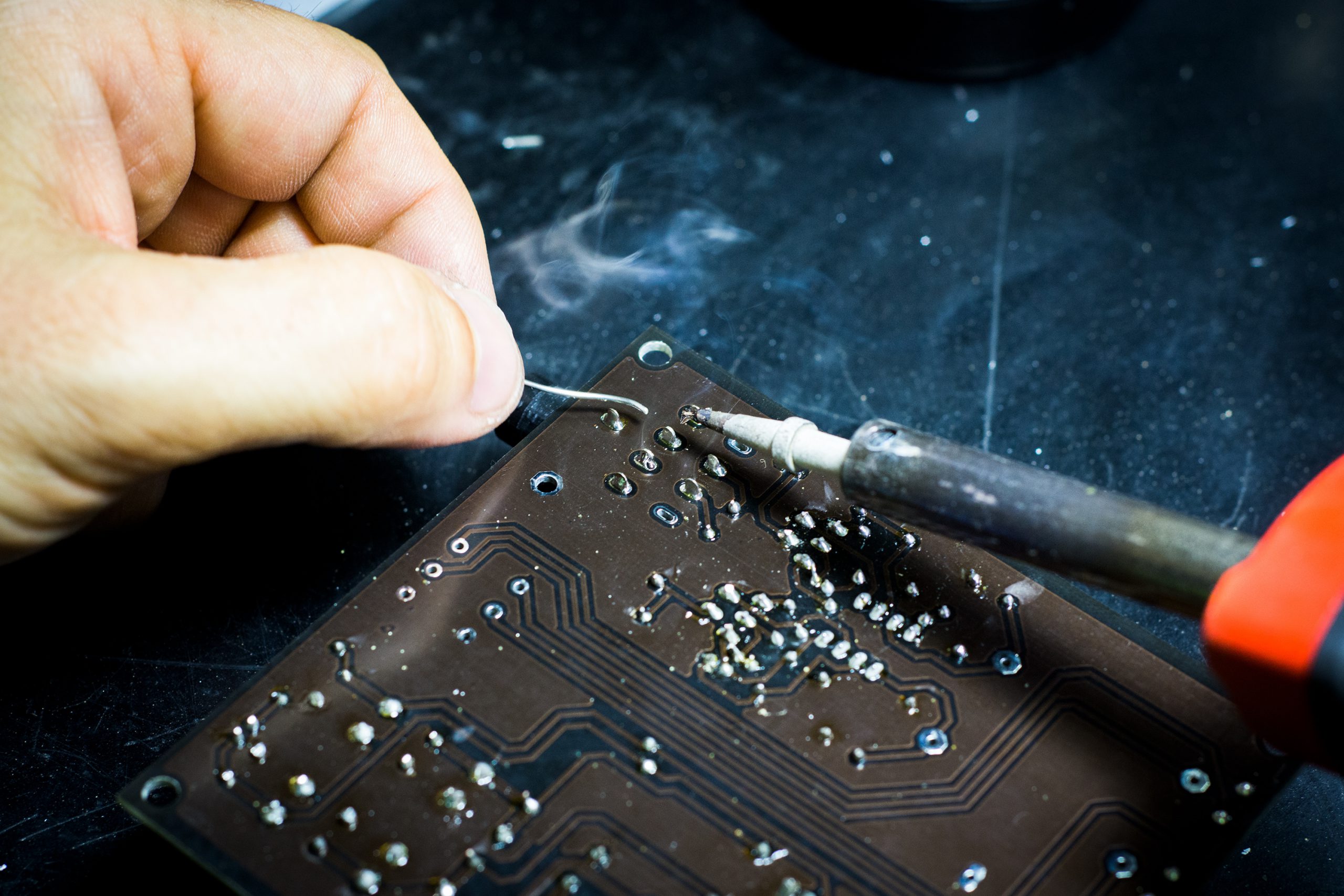The EU’s New Industrial Strategy calls for a shift from linear production to a circular economy. From 1970 to 2017, the annual global extraction of materials grew from 27 billion tons to 92 billion tonnes, while the annual average material demand grew from 7 – 12 tons per capita.
In order to support the SIP’s aims of ‘securing raw material supply’, it is essential to focus on strategies that reduce demand for these materials in the first place. These would include tackling consumption levels and providing support to key value retention activities including re-use, preparation for re-use, repair and remanufacturing. The production of goods and management of land account for 45% of global GHG emissions (IPCC,2014 – See Annex A) . Extending the lifetime of all washing machines, notebooks, vacuum cleaners and smartphones in the EU by just one year would save around 4 million tonnes of CO2 annually by 2030, the equivalent of taking 2 million cars of the roads for a year (EEB, 2019). The opportunities for resource and carbon savings are vast and the SIP can be a tremendous catalyst for change.
With product lifetime extension through re-use, preparation for re-use and repair now firmly within the EU’s Circular Economy Action Plan a future SIP should provide clear and unambiguous complementarity including on the following actions:
- Setting EU-Wide waste reduction targets (including potential re-use and preparation for re-use targets by 2024 under the WFD)
- A legislative proposal for a sustainable product policy initiative (including follow-up work on design for durability, reparability under Ecodesign Directive)
- An EU Circular Electronics Initiative
- Other key sectoral strategies on textiles, batteries, construction materials and food waste
The following sections provide non-exhaustive comments on how this complementarity could be achieved, not only helping reduce material flows but also providing local, green and job rich circular alternatives.
Download the full publication here (PDF)
Picture Credit © Blaz Erzetic


